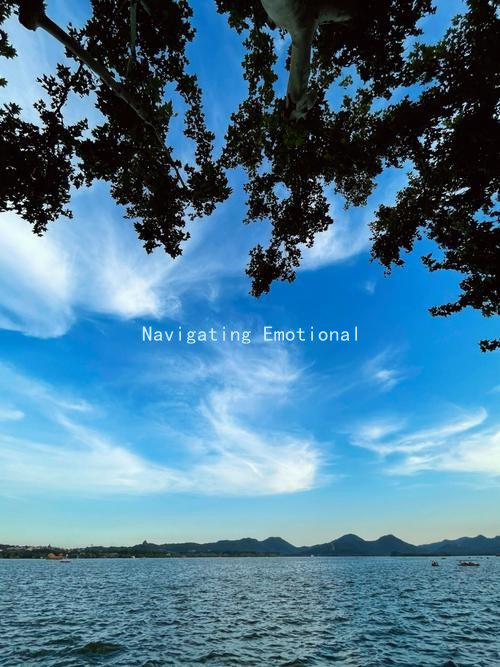Navigating Emotionally Disturbing Behaviors: Effective Tips for Healthy Relationships
Navigating Emotionally Disturbing Behaviors: Effective Tips for Healthy Relationships
In the complex landscape of relationships, navigating emotionally disturbing behaviors can be a daunting task. Whether it’s dealing with jealousy, anger, insecurity, or communication breakdowns, understanding how to manage these challenges is crucial for nurturing healthy connections. Here are some effective tips to help you navigate emotionally charged situations and foster stronger relationships.
1. Recognize and Acknowledge Your Emotions
The first step in addressing emotionally disturbing behaviors is to recognize and acknowledge your feelings. It’s essential to tune into your emotions and understand what triggers them. Reflect on the context of your feelings—are they a reaction to the other persons behavior, or do they stem from your past experiences? Once you identify your emotions, you can express them more accurately and constructively.
2. Practice Open Communication
Open and honest communication is the cornerstone of any healthy relationship. When faced with disturbing behaviors, approach the conversation calmly. Use I statements to express your feelings without placing blame on the other person. For example, instead of saying, “You always make me feel inadequate,” try, “I feel insecure when we don’t communicate regularly.” This fosters understanding and reduces defensiveness.
3. Establish Boundaries
Setting boundaries is vital for maintaining emotional health. Discuss and agree on what is acceptable behavior in your relationship. For example, if certain topics lead to frequent arguments, consider setting guidelines on those discussions. Establishing boundaries helps both partners feel safe and respected, minimizing emotionally disturbing interactions.
4. Cultivate Empathy and Understanding
Emotionally disturbing behaviors often stem from deeper issues, such as fear or past trauma. Cultivating empathy allows you to see things from your partner’s perspective. Ask questions to better understand their feelings and motivations. This practice not only helps de-escalate situations but also reinforces your connection.

5. Develop Healthy Coping Mechanisms
When emotions run high, individuals may revert to unhealthy coping mechanisms, such as withdrawal or aggression. Instead, focus on developing constructive coping strategies. Practices such as deep breathing, journaling, or engaging in physical activity can help you process emotions more effectively. Encourage your partner to find their coping techniques as well, fostering a supportive environment.
6. Know When to Seek Help
Sometimes, despite your best efforts, emotionally disturbing behaviors persist. If these challenges become overwhelming, consider seeking professional help. Couples therapy can provide a safe space to address and work through deeper issues, offering you both tools to communicate better and strengthen your relationship.
7. Focus on Positivity and Appreciation
Amid the challenges that emotionally disturbing behaviors present, focusing on positivity can help. Regularly verbalize appreciation for your partner, celebrate small victories, and remind each other of the strengths in your relationship. This practice can create a positive feedback loop, encouraging more constructive interactions and reducing the intensity of negative behaviors.
8. Be Patient with Yourself and Your Partner
Change takes time, and both partners must be patient during the process. Acknowledge that setbacks may occur and be forgiving of each other. Embrace the journey of growth together, and remember that a healthy relationship is built on mutual effort and understanding.
In conclusion, navigating emotionally disturbing behaviors in relationships requires effective communication, empathy, and a willingness to understand one another. By recognizing and addressing these challenges together, you can strengthen your bond and create a more fulfilling and healthy partnership. With practice and commitment, you can transform emotional turbulence into opportunities for growth and connection.





